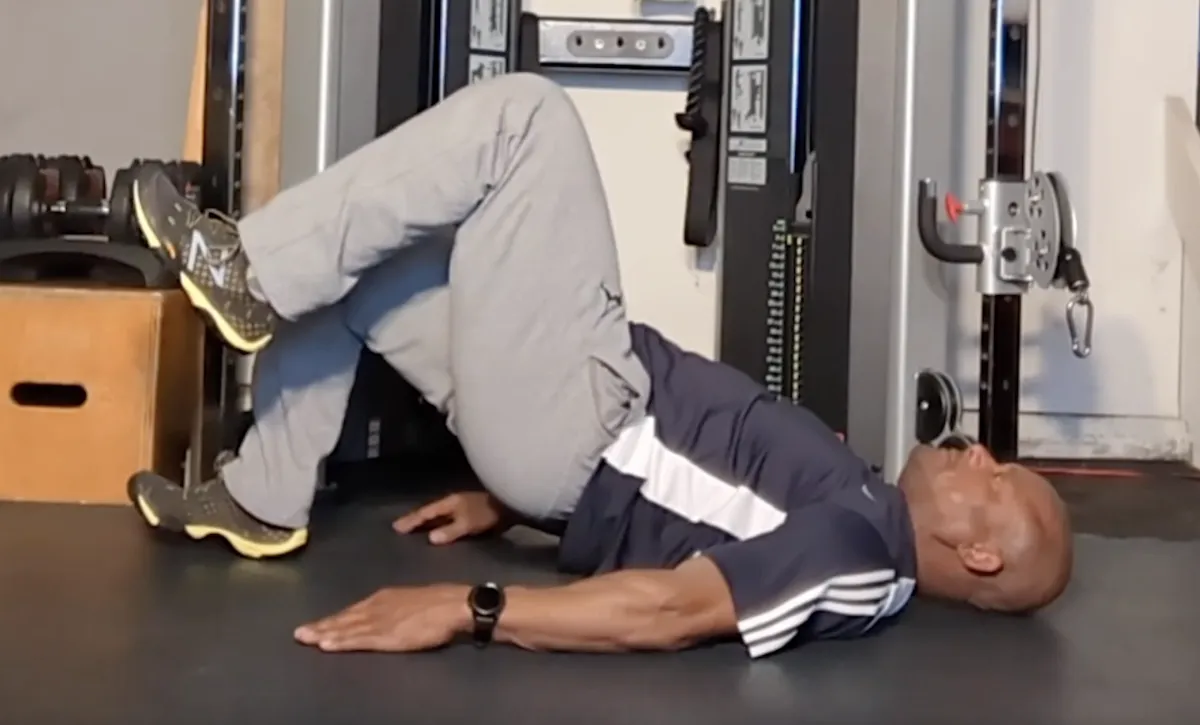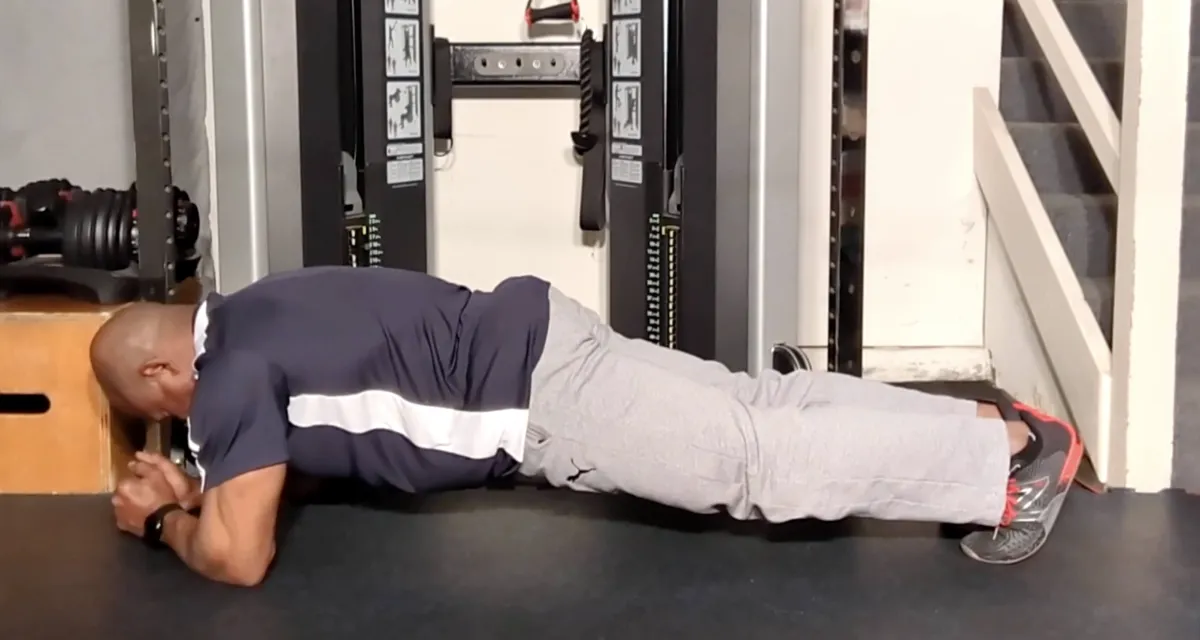
RESOURCES

Common Foam Rolling Mistakes and How to Avoid Them
Foam rolling has become a staple in many fitness routines, celebrated for its ability to enhance flexibility, reduce muscle soreness, and aid in recovery. However, like any exercise technique, improper execution can diminish its benefits and potentially lead to injury. To ensure you're maximizing the advantages of foam rolling, let's explore some common mistakes and how to avoid them.
1. Rolling Directly on Painful Areas

It's instinctual to target the exact spot where you feel discomfort. However, the area experiencing pain is often the victim, not the culprit. For example, rolling directly on the iliotibial (IT) band—a common practice—might not address the underlying issue and can even exacerbate discomfort.
Solution: Focus on the surrounding muscles that might be contributing to the tension in the painful area. In the case of IT band discomfort, concentrate on the gluteus maximus and tensor fasciae latae muscles. By addressing these areas, you alleviate stress on the IT band indirectly.
2. Rolling Too Quickly
Rushing through your foam rolling session limits the technique's effectiveness. Rapid movements don't allow the muscle and fascia to adapt to the pressure, reducing the potential for release.
Solution: Adopt a slow and controlled approach. When you encounter a tender spot, pause and maintain pressure for 20-30 seconds. This method allows the tissue to relax and release tension more effectively.
3. Spending Excessive Time on One Spot
While it's essential to address tight areas, overworking a single spot can lead to increased inflammation and muscle irritation. Prolonged pressure in a single spot may also increase the body's stress response, counteracting relaxation.
Solution: Limit your focus on any specific area to about 90 seconds. This duration is sufficient to achieve release without causing additional stress to the tissue.
4. Poor Posture and Form
Incorrect body positioning during foam rolling can place undue stress on other parts of the body, leading to potential injuries. For instance, arching the lower back excessively while rolling the quadriceps can strain the lumbar spine.
Solution: Maintain a neutral spine throughout the session. Engage your core muscles to support your back, and ensure you're not placing unnecessary pressure on joints or bones.
5. Rolling the Lower Back

Applying direct pressure to the lower back with a foam roller can cause the surrounding muscles to spasm and may increase lumbar spine pressure.
Solution: Instead of rolling the lower back, focus on the muscles above and below, such as the thoracic spine and the glutes. These areas can influence lower back tension and provide relief when appropriately addressed.
6. Using Excessive Pressure
Applying too much pressure, especially when starting, can lead to bruising and increased muscle tension. It's essential to listen to your body's signals to avoid overdoing it.
Solution: Begin with moderate pressure and adjust as needed. If you experience significant discomfort or pain, reduce the intensity. Over time, as your muscles adapt, you can gradually increase the pressure.
7. Inconsistent Routine
Occasional foam rolling won't yield the desired benefits. Inconsistency can lead to persistent muscle tightness and reduced flexibility.
Solution: Incorporate foam rolling into your regular fitness regimen. Aim for sessions lasting 5-10 minutes, focusing on major muscle groups, and adjust frequency based on your activity level and muscle response.
8. Neglecting to Warm Up
Foam rolling cold muscles can be less effective and may increase the risk of injury. Muscles that haven't been warmed up are less pliable and more resistant to pressure.
Solution: Engage in light aerobic activity, such as brisk walking or dynamic stretching, before foam rolling. Warming up increases blood flow to the muscles, making them more receptive to the benefits of foam rolling.
9. Using the Wrong Foam Roller
Not all foam rollers are created equal. Using a roller that's too firm or too soft for your needs can hinder your progress and may cause discomfort.
Solution: Select a foam roller that matches your experience level and comfort. Beginners might prefer a softer roller, while more experienced individuals can opt for firmer options. Experiment to find the best fit for your body.
10. Ignoring Breathing Techniques

Holding your breath while foam rolling can increase muscle tension and reduce the effectiveness of the practice. Proper breathing promotes relaxation and aids in muscle release.
Solution: Practice deep, controlled breathing during your foam rolling sessions. Inhale deeply through your nose and exhale slowly through your mouth. This technique helps relax the muscles and enhances the benefits of foam rolling.
By being mindful of these common mistakes and implementing the suggested solutions, you can optimize your foam rolling practice. This attention to detail ensures you reap the full benefits, leading to improved muscle function, enhanced flexibility, and a reduced risk of injury.
The quality of our lives is directly proportional to how well our bodies function.
Sheila Mann's Testimonial
Sheila Mann doing Suspension Strap Push-ups on an elevated Single Leg.
Just another Saturday Workout Part 2
Spray Tan Fitness
Dreams or Goals
Intro to Self-Myofascial Release
Self Massage using the Energy F X Tube (Upper Body)
Self-Massage for Lower Body using Energy F X Tube (IT Band , Glutes)
Level 3
This is our advance level. In this level you will be asked to increase the challenges to your strength, balance and to some degree, your conditioning. We continue to focus on the major joints of the body (hips, shoulder, and knees) with the added challenge of resistance. This level also includes the added challenge of coordination, as many movements require the integrated movement of both upper and lower body.

Level 4
This is our premium level. In this level you will be asked to significantly challenge your body through increased demands on your functional core strength in movements that will significantly challenge your balance and strength simultaneously. Here we will ask you to begin to optimize your balance, core activation, and improved range of motion in a functional aspect – integrated movement of both upper and lower body, but at a higher level of accountability.

